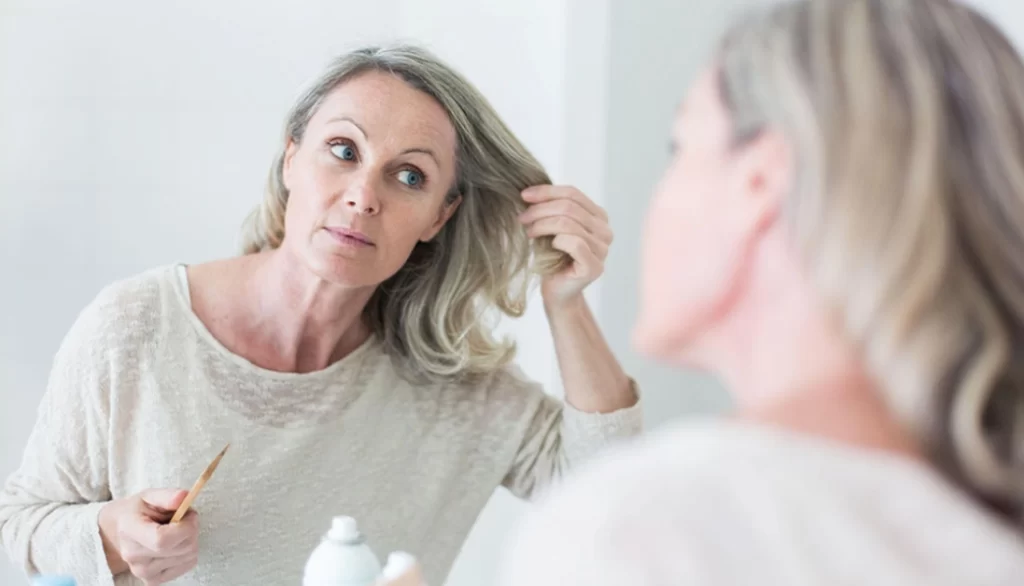Will wigs help my hair grow or further damage what I have?
Wearing wigs is one of the best alternative hairstyles when it comes to protective styling. You can change the length, color, and texture whenever you want without damaging your natural hair. One of the most frequently asked questions is, “Will wearing a wig damage my natural hair?”
Just like anything else in the world, if proper home care isn’t followed, damage may be caused by improper care, such as traction alopecia. Traction alopecia refers to the loss of hair caused by excessive rubbing or pulling, which results in bald patches. If you are unsure if you are taking the right steps to protect your natural hair, then don’t fret—we’re here to help!
Listed below are five crucial steps to protect your natural hair:
1. Wearing a wig cap
Depending on the wig, wearing a wig cap can be optional; however, if you are worried about damaging your hair underneath, we highly recommend wearing one. A wig cap keeps your hair in place underneath the wig and acts as a barrier between your hair and the wig to prevent rubbing and damage to your hair.
2. Choosing the correct size wig
Many people aren’t aware that many wigs come in three sizes: petite, regular, and large. It is always suggested to have a professional wig stylist measure your head to give you the best fit. Wearing a wig that is too small will make it tight and cause it to constantly rub against your real hair, which may result in traction alopecia. The right wig size is crucial for a comfortable fit and the protection of your natural hair.
3. Wash your hair regularly
It is a very common misconception that because you are wearing a wig, you don’t have to wash your hair as often. Wearing a wig daily will make the scalp perspire, leading to buildup. To avoid extreme dryness, it is strongly advised to use shampoo and conditioner without parabens and sulfates.
4. Ensure your hair is always dry
Many people make the very common error of wearing wigs while their hair is still wet underneath. It may seem easy to just throw your wig on after getting out of the shower and not dry your hair because, I mean, why not? No one will see your hair anyway; however, if you don’t allow your hair to dry properly, it becomes a breeding ground for bacteria due to being damp and humid under the wig. The bacteria will cause scalp inflammation and irritation, leading to hair loss.
5. Take a break
We all understand the convenience of wearing a wig every day; whether it is for a protective style or medical needs, wigs can give you such an emotional connection and confidence boost, and let’s face it, you’ll never have a bad hair day again! Giving your scalp a break from time to time enables it to receive the proper blood flow and air circulation, promoting healthy hair growth.
In conclusion, wearing wigs is supposed to be fun, carefree, and stress-free. Just like anything else, if you take good care of your wig and what’s underneath by following those five simple steps, it will take good care of you in the end! Wigs are an amazing alternative that can protect and grow your hair. We recommend checking out your local wig specialists—our favorite is lnyhairandwigs.com—and receive more tips and tricks from a specialist to assist you on your wig journey!

